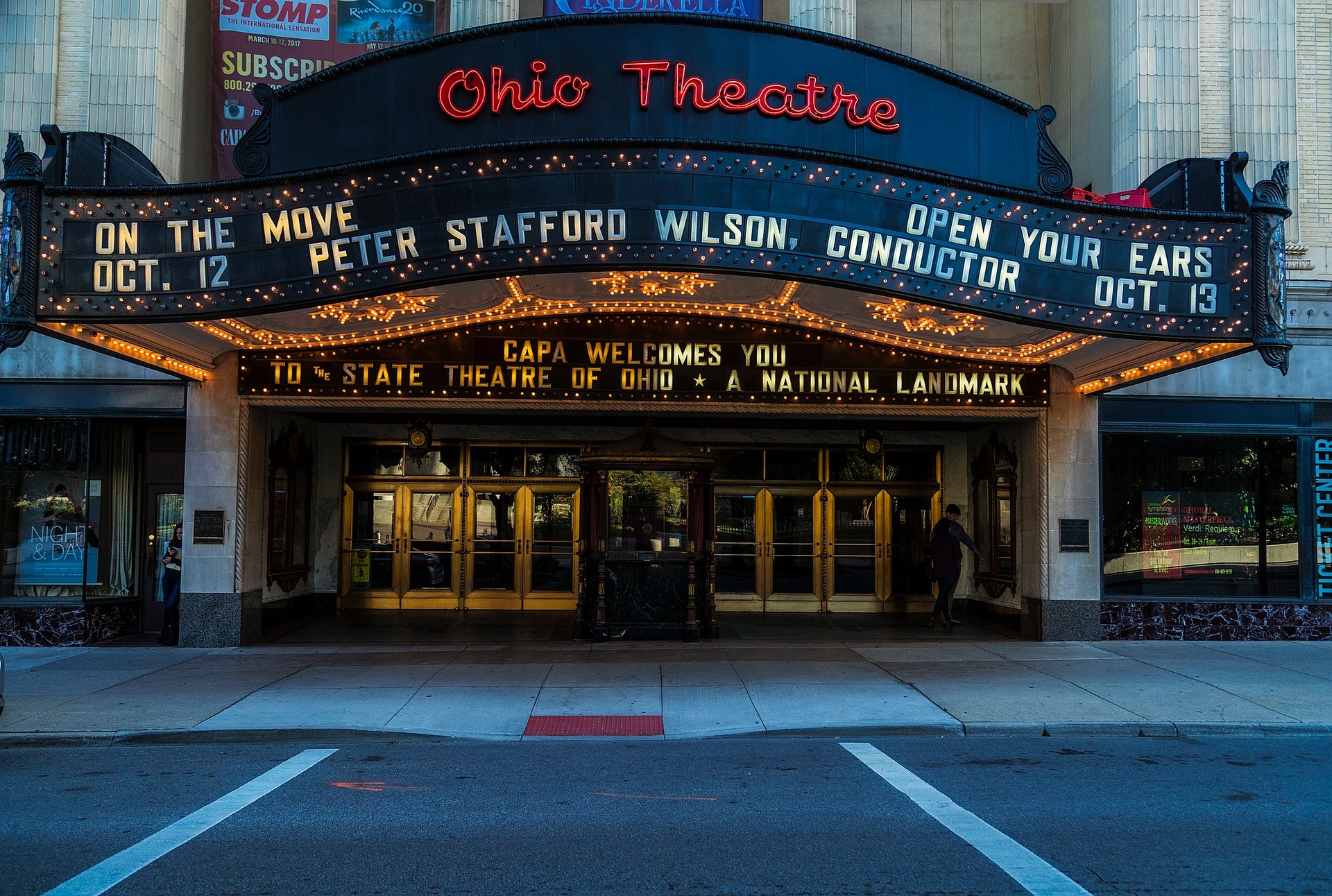Silent Cinema: A Revival in the Digital Age
In a world dominated by high-definition graphics and surround sound, it seems there's an unexpected trend making waves in the entertainment industry: the resurgence of silent cinema. This old yet enchanting art form is capturing the hearts of modern audiences, offering a unique cinematic experience. Read below to delve deeper into this captivating revival.

Paragraph 1: A Nostalgic Return
Silent films, once the only form of cinema, fell into obscurity with the advent of “talkies.” However, recent years have seen a surprising comeback. Filmmakers, artists, and audiences are reconnecting with the profound silences and expressive visuals of this vintage art form. This nostalgia-fueled resurgence is not a mere throwback; it’s a creative response to the noise-saturated world of contemporary cinema.
Paragraph 2: Silent Cinema in the Digital Era
With the widespread use of digital technology, silent films are undergoing a major transformation. Modern silent films often incorporate artful cinematography, avant-garde techniques, and evocative music scores. Some creators pair silent narratives with interactive digital platforms, inviting viewers to engage in a multi-sensory experience that transcends traditional movie-watching.
Paragraph 3: The Appeal to Modern Audiences
The appeal of silent films lies in their simplicity and universality. Without dialogue, these films rely on visual storytelling, making them accessible to a global audience. The absence of spoken language challenges viewers to interpret the story independently, creating a more intimate and personal cinematic experience.
Paragraph 4: Noteworthy Films and Filmmakers
Several filmmakers have successfully revived the silent film genre, receiving critical acclaim. Michel Hazanavicius’ “The Artist” (2011) won five Oscars, including Best Picture, rekindling interest in silent cinema. Other noteworthy films include Guy Maddin’s surreal “Brand Upon the Brain!” (2006) and Aki Kaurismäki’s poignant “Juha” (1999).
Paragraph 5: The Future of Silent Cinema
The revival of silent cinema is more than a fleeting trend; it signifies a shift towards more diverse and inclusive storytelling. Silent films, with their emphasis on visual narrative, have the potential to democratize cinema, transcending language barriers and cultural differences. As we move forward, silent cinema could become a powerful tool for global storytelling.
Useful Tips and Facts: - Silent films are often accompanied by live music, enhancing the viewing experience. - Silent film festivals, such as the San Francisco Silent Film Festival, celebrate this genre and its contributions to cinema. - Silent films can be a useful tool for teaching visual literacy.
Conclusion: As we immerse ourselves in the digital age, the revival of silent cinema serves as a testament to the timeless appeal of visual storytelling. It challenges us to engage with cinema on a deeper level, reminding us that sometimes, silence can speak volumes. This quiet resurgence is a testament to the enduring power of cinema, demonstrating that even in silence, the magic of the movies can captivate audiences around the world.




